The 10 Riskiest U.S. Cities for Natural Disasters, New Research Shows
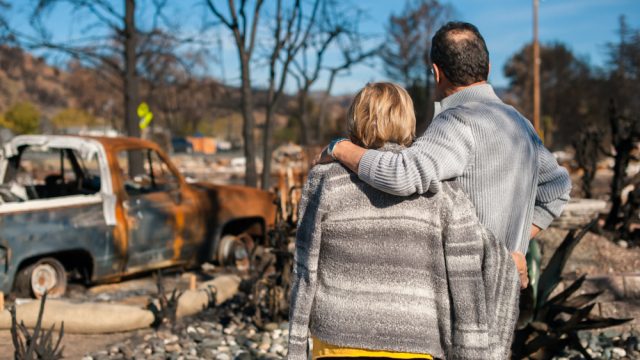
Having your home damaged or destroyed by a natural disaster can feel like the stuff of nightmares. Unfortunately, it’s also very easy to assume that the worst could never happen until the tragedy strikes unexpectedly and lives are upended. Of course, while nowhere is entirely free from dangers, some places are more prone to severe weather and other catastrophic acts of nature than others—while others remain unprepared to deal with the fallout. And now, new research has helped establish which U.S. cities are the safest and riskiest for natural disasters.
The findings come from a study conducted by home service company Gutter Gnome. Researchers compared data from the 500 biggest U.S. cities across five categories, including hazards risk, vulnerable populations, vulnerable infrastructure, response and recovery, and mobility. They also considered the 18 types of natural disasters defined by the Federal Emergency Management Agency’s (FEMA) National Risk Index, including wildfires, earthquakes, tornadoes, hurricanes, and floods.
The categories were then divided into subcategories and weighted for importance to determine a safety score, with the safest possible outcome being 100. Wondering where your hometown landed within the rankings? Read on for the 20 safest and riskiest cities in the U.S. for natural disasters.
RELATED: The 10 Most Naturally Beautiful States in the U.S., New Data Shows.
The Safest U.S. Cities for Natural Disasters
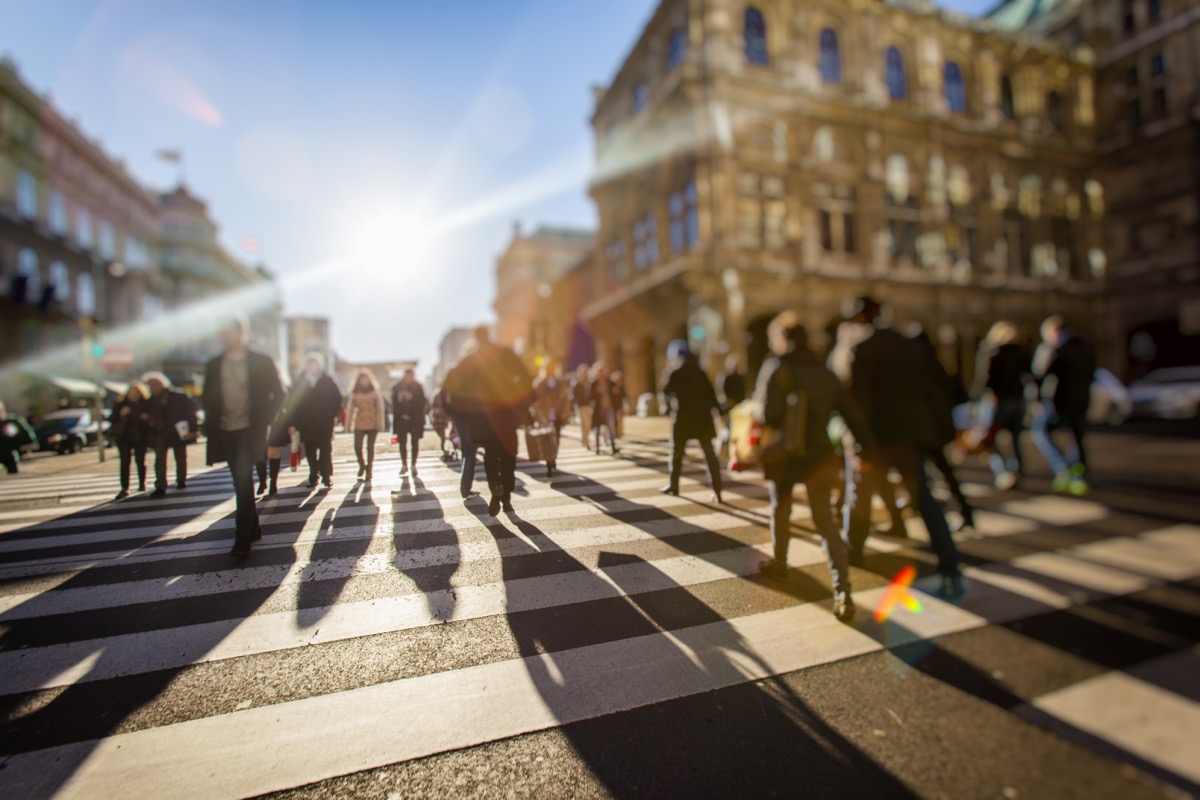
The likelihood of a natural disaster may not be the most pressing concern on potential homebuyers’ minds when considering a move, but there is some peace of mind that comes with moving to a historically safer area. However, researchers from the study point out that none of the top-ranked cities deemed safest excelled in all categories, with each showing different strengths and vulnerabilities, proving no area is perfectly immune to tragedy.
10
Boise, Idaho
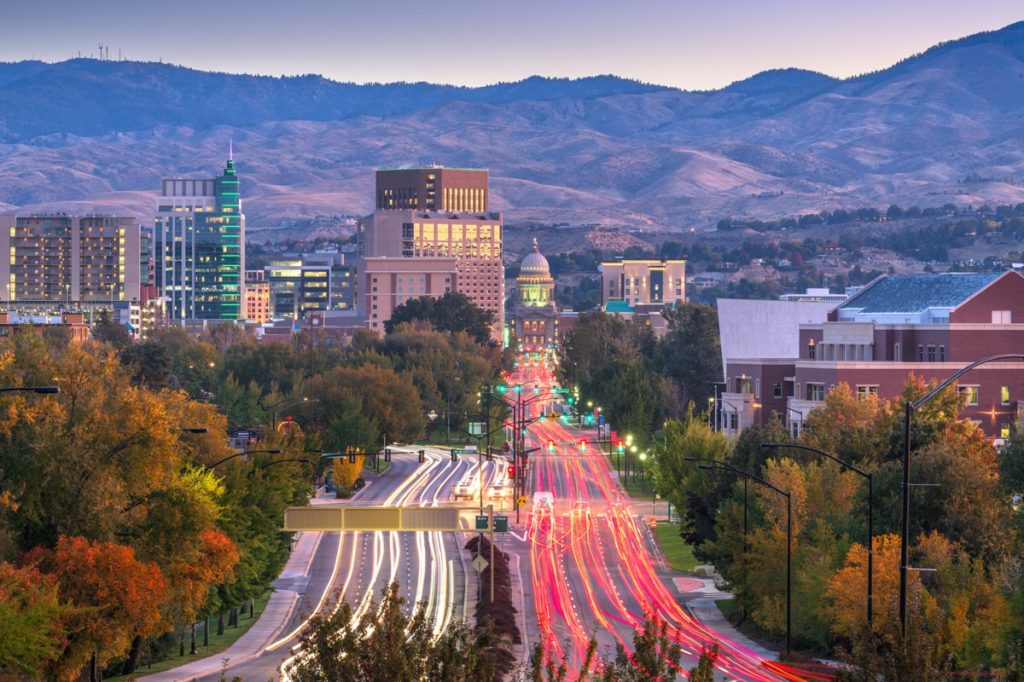
Overall safety score: 49.70
The Gem State capital stands out for ranking as 24th best in response in recovery. But it’s also the only city in the top 10 that did poorly in hazards risk, falling into the 121st spot overall.
9
Bloomington, Indiana
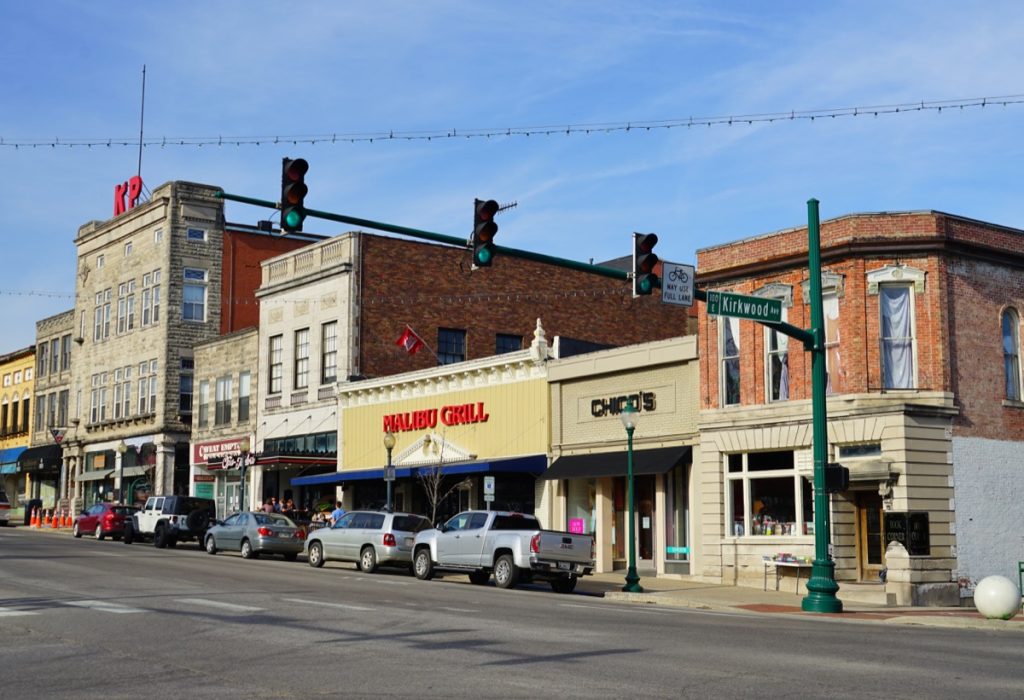
Overall safety score: 49.85
Bloomington received high marks for its hazards risk rank at 14th on the list. However, it scores poorly in vulnerable infrastructure at 343rd overall.
RELATED: 10 States With the Cleanest Tap Water, New Data Shows.
8
Tyler, Texas
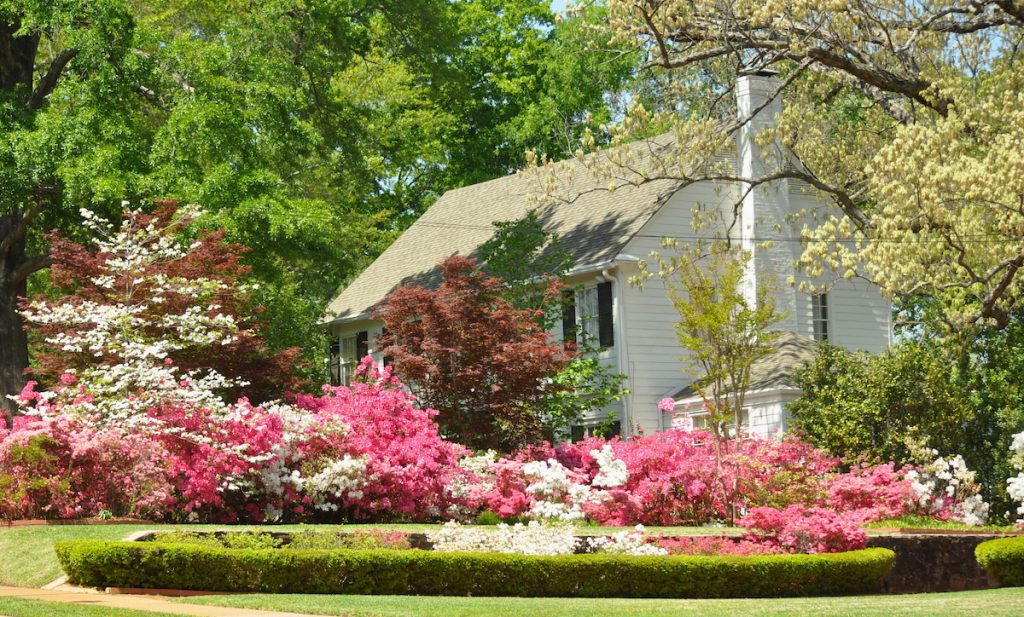
Overall safety score: 50.06
The city of Tyler, Texas, ranks 7th on the entire list for its hazards risk but still faces some serious issues with vulnerable populations and vulnerable infrastructure ranks: It came in 355th and 366th for each, respectively.
7
Pittsburgh, Pennsylvania
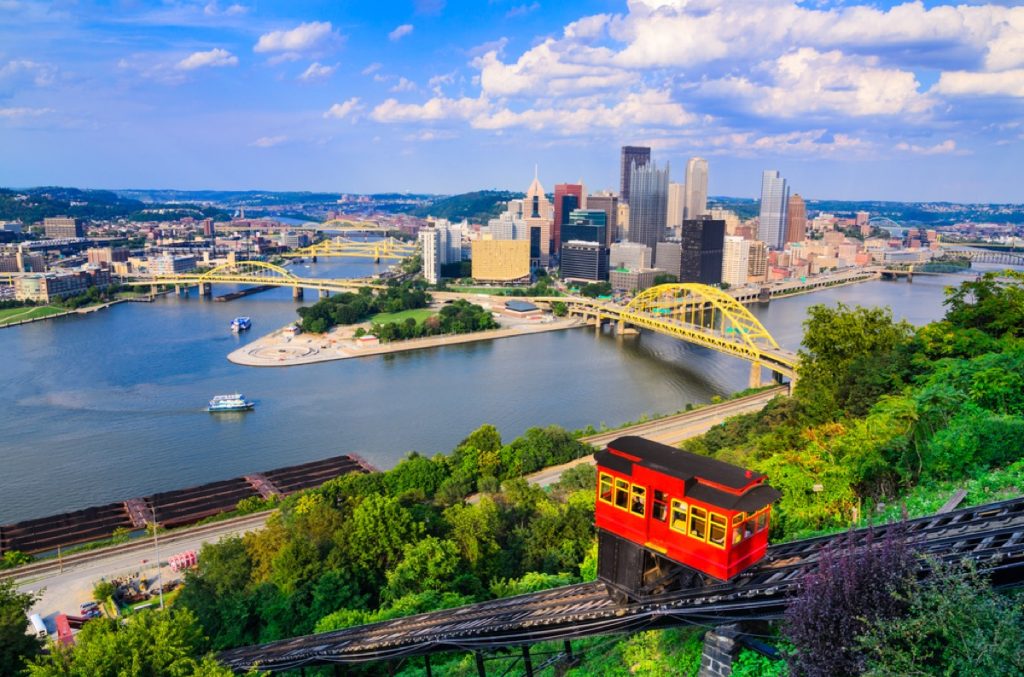
Overall safety score: 50.47
Pittsburgh has the worst showing for hazards risk for any city in the top 10, landing in 70th place, while also faring poorly in vulnerable populations and vulnerable infrastructure. But it also was second overall in the response in recovery rankings and 43 in mobility.
6
Rochester, Minnesota
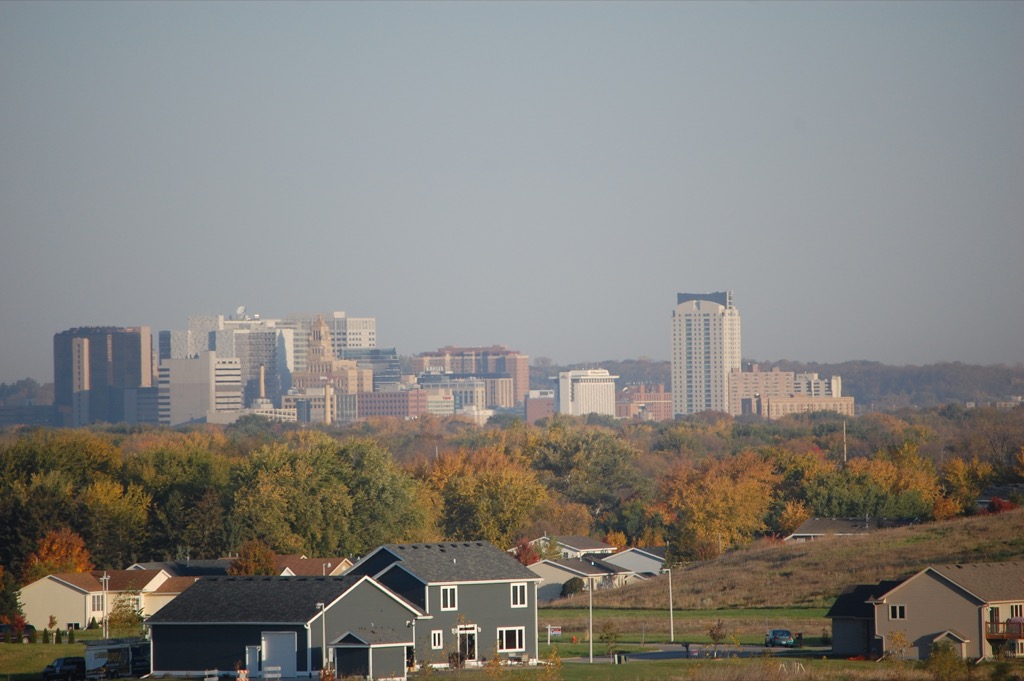
Overall safety score: 50.54
Despite relatively high rankings in mobility and vulnerable populations at 199 and 184, respectively, this Minnesota locale manages to do well in vulnerable infrastructure, hazards risk, and response and recovery rankings.
RELATED: The 6 Cutest Small Towns on the East Coast.
5
Duluth, Minnesota
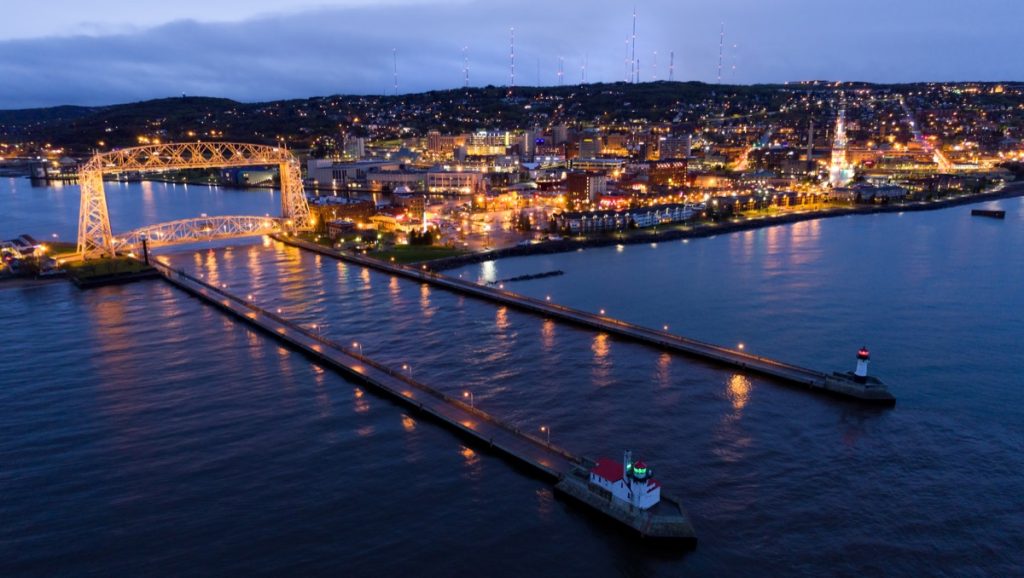
Overall safety score: 50.93
The second Minnesota city on the list cracks the top 10 in its hazards risk rank. But its spot at 319 on the vulnerable infrastructure rank stands out among its data.
4
Midland, Texas

Overall safety score: 51.40
With vulnerable infrastructure and vulnerable populations rankings at 300 or above, Midland still manages a cozy spot among the top five cities in the U.S. safest from natural disasters. Its ranking as fifth overall in hazards risk offsets those lower scores.
3
Roanoke, Virginia
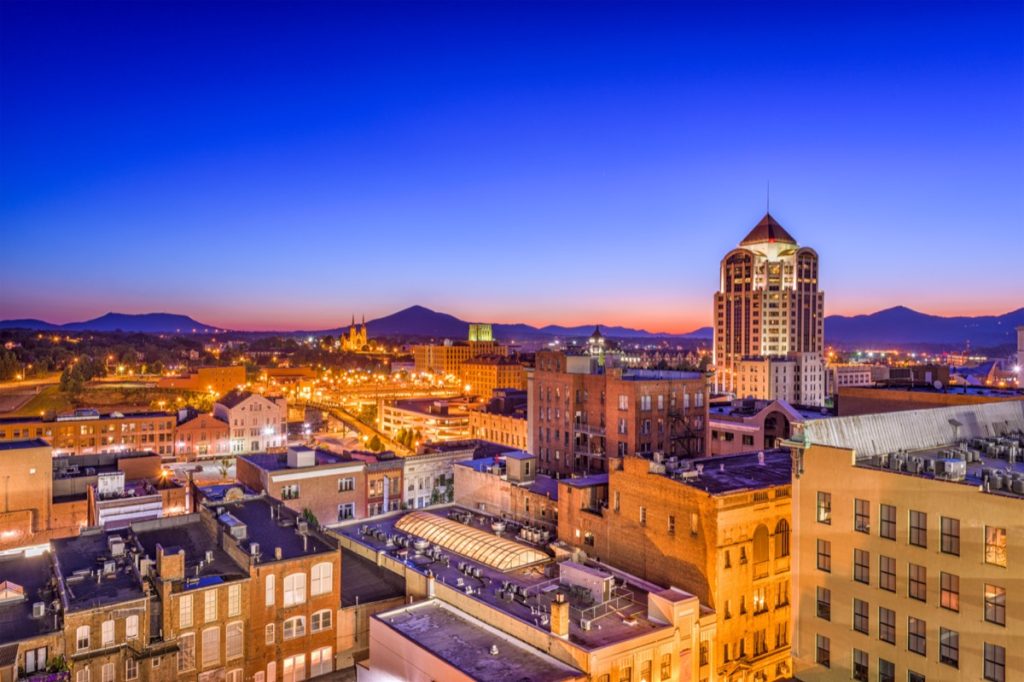
Overall safety score: 52.74
Roanoke, Virginia, might rank low for vulnerable populations at 438, but it still cracks the top three thanks to its high marks in response and recovery and hazards risk.
2
Lynchburg, Virginia
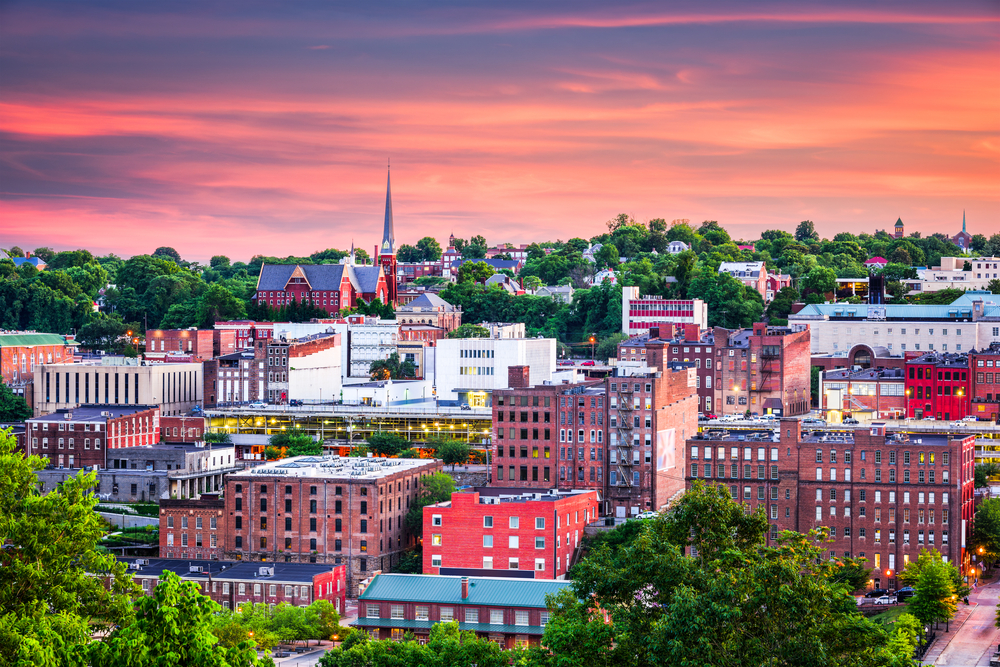
Overall safety score: 53.64
While it only made it to second overall on the overall list, Lynchburg comes out on top when it comes to hazards risk. Researchers say its one potential susceptibility is derechos—which are powerful windstorms—but data shows they only affect the city roughly four times every century.
1
Richmond, Virginia
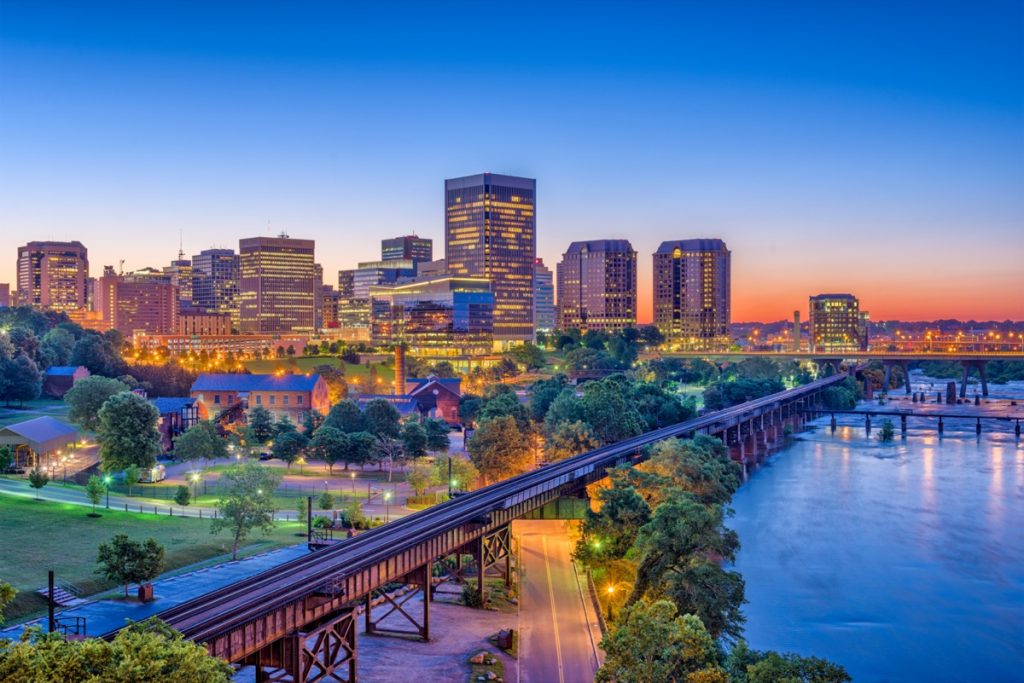
Overall safety score: 53.81
The Virginia capital rounds out its state’s dominance of the top three safest cities from natural disasters in the U.S. by claiming the top spot. While it ranks 23rd for hazards risk, its worst showing is in its vulnerable populations rank, coming in at 417th.
RELATED: The 50 Best and Worst States to Retire In, New Data Shows.
The Riskiest U.S. Cities for Natural Disasters
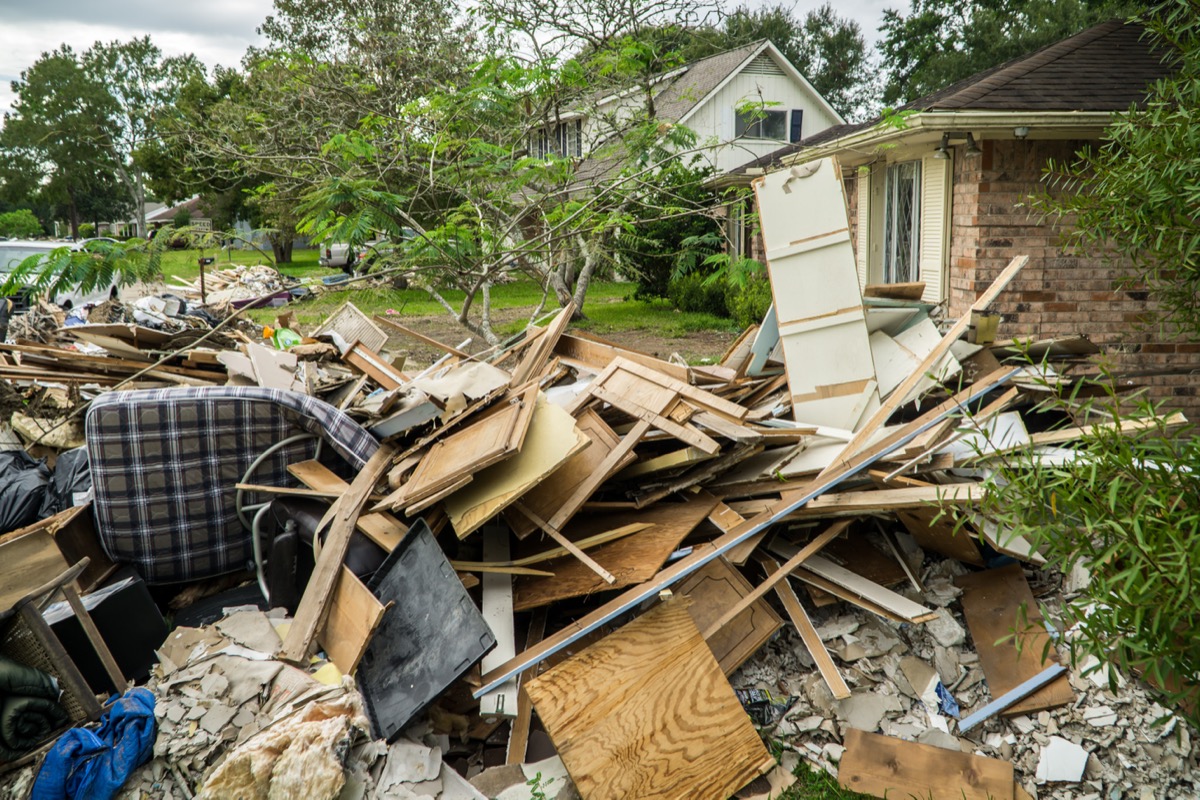
Whether it’s due to weather patterns or geological conditions, some places are simply more prone to natural disasters than others. But researchers note that many of the lowest-ranking cities are vulnerable across multiple categories, making them particularly susceptible to catastrophes.
10
Largo, Florida
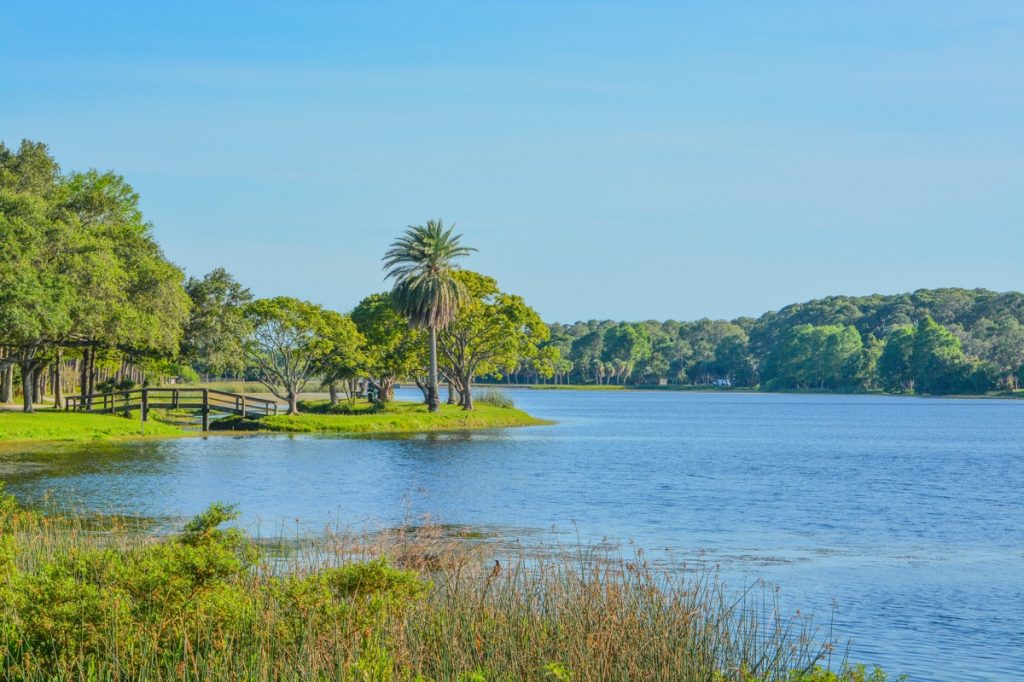
Overall safety score: 29.26
Largo’s best showing among the categories is coming in 210th in response and recovery. However, it comes dead last in the list overall with its vulnerable infrastructure ranking.
9
El Cajon, California
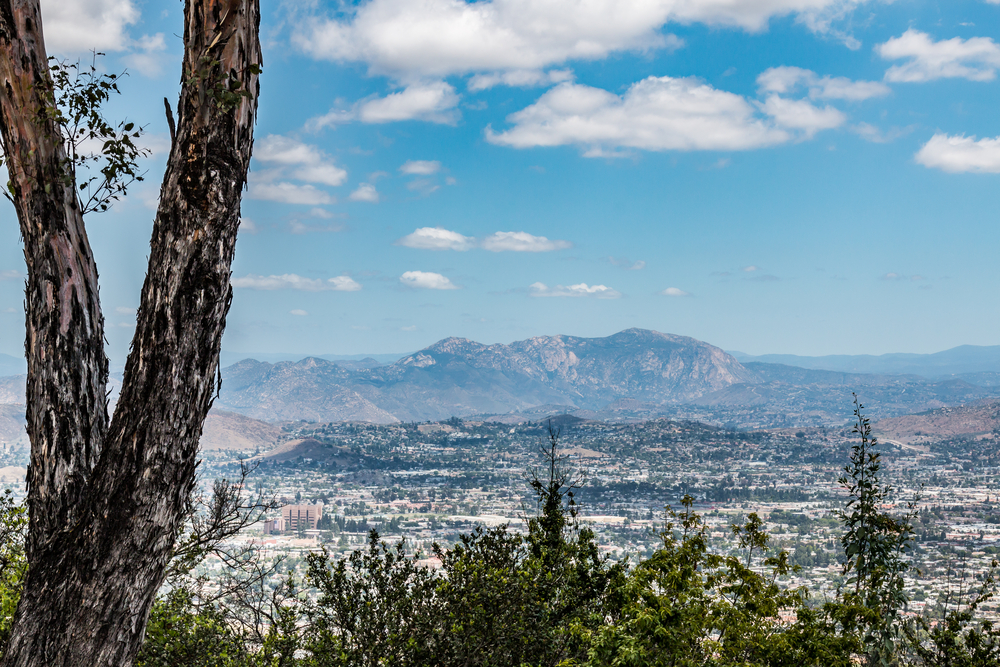
Overall safety score: 29.08
The ninth riskiest city on the list is ranked above 400 in three categories: Vulnerable populations, vulnerable infrastructure, and hazards risk.
RELATED: The 10 Most Anxious U.S. States, New Research Shows.
8
El Monte, California
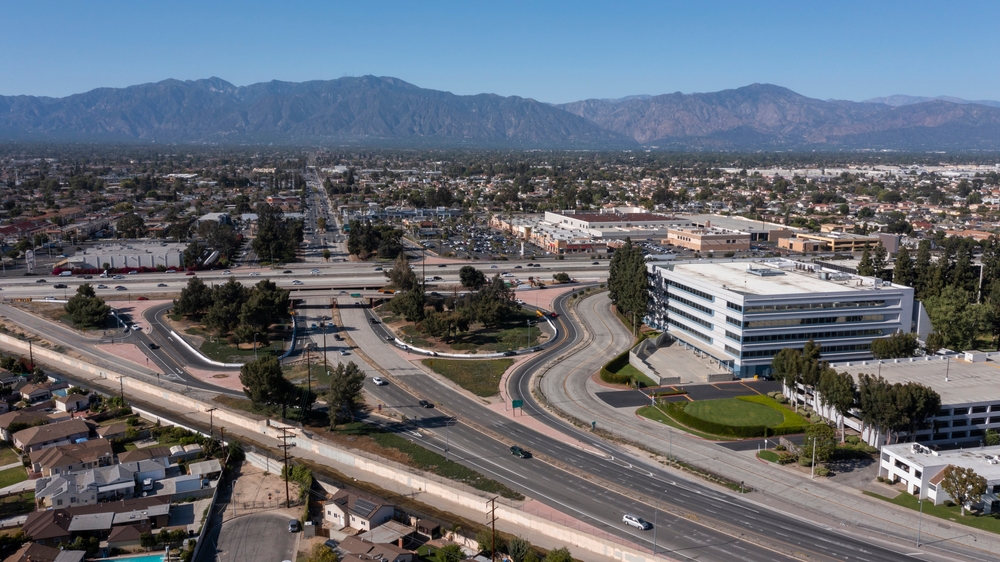
Overall safety score: 28.50
El Monte ranks relatively low when it comes to vulnerable populations, coming in at 139th—making it nearly the best showing in the bottom 10. But it also ranks at 418 for response and recovery, 466 for vulnerable infrastructure, and 486 for hazards risk, too.
7
Paterson, New Jersey
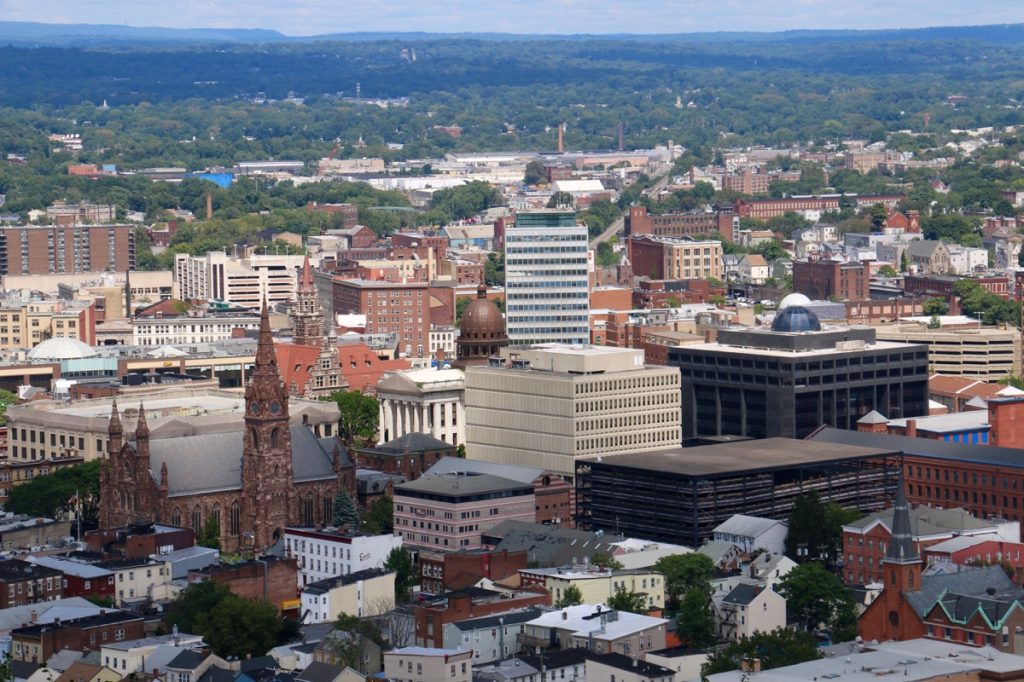
Overall safety score: 28.42
Even as the only Northeastern city in the bottom 10, Paterson still stands out for its poor showings in vulnerable infrastructure at 459th and hazards risk at 493rd.
6
Miami Gardens, Florida
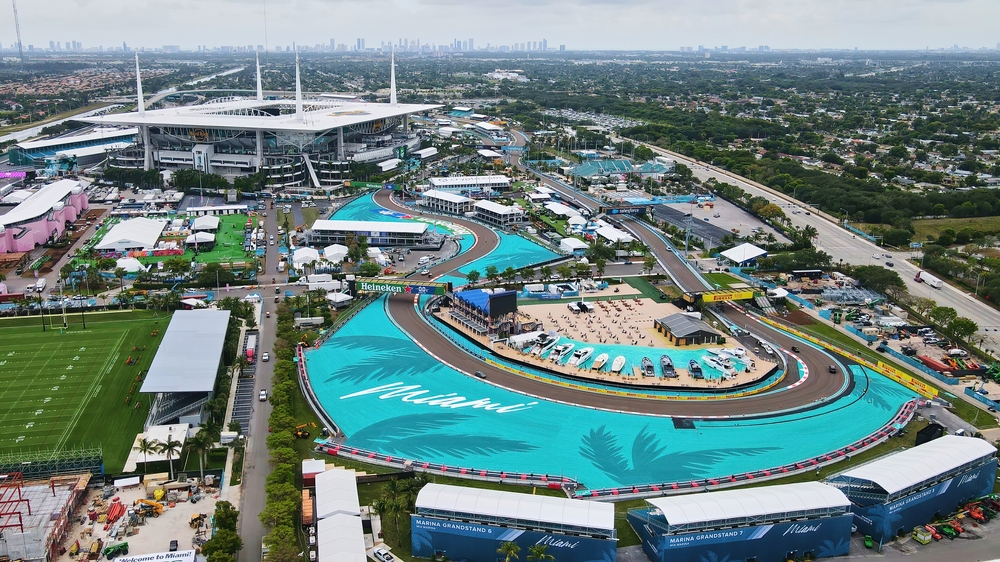
Overall safety score: 28.33
The Miami area is no stranger to hurricanes. But despite its big-city neighbor managing to land itself in the 49th spot overall, data shows this suburb lags when it comes to hazards risk, vulnerable infrastructure, and response and recovery.
RELATED: The 12 Best U.S. Cities for Outdoor Adventures.
5
Hawthorne, California
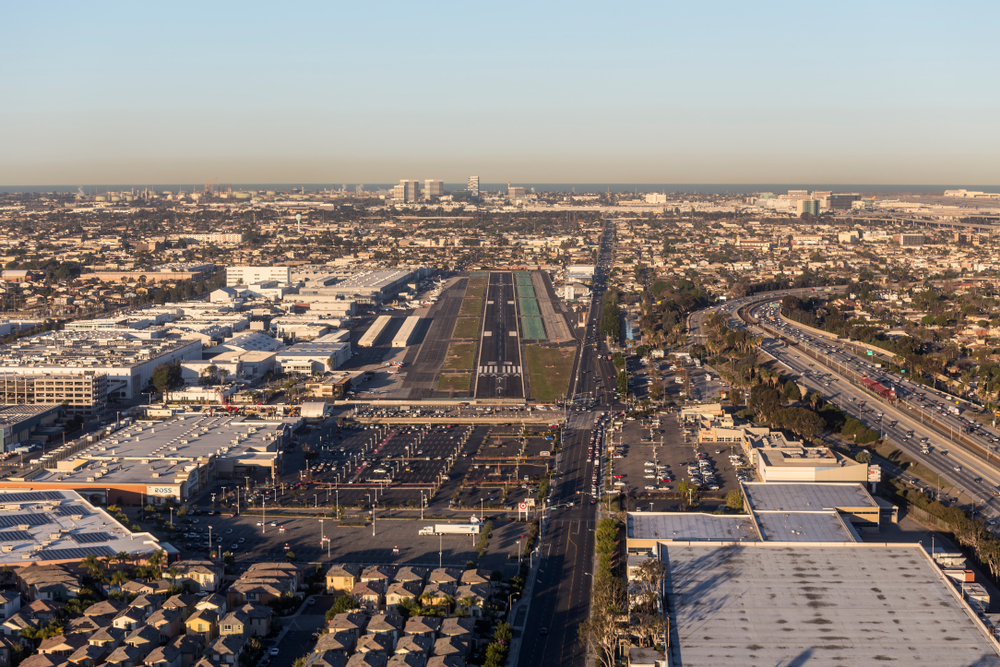
Overall safety score: 27.59
While Hawthorne ranks 167th for vulnerable populations, almost all of its other categories find it above 400. This includes vulnerable infrastructure at 421st, response and recovery at 439th, and hazards risk at 494.
4
Bellflower, California
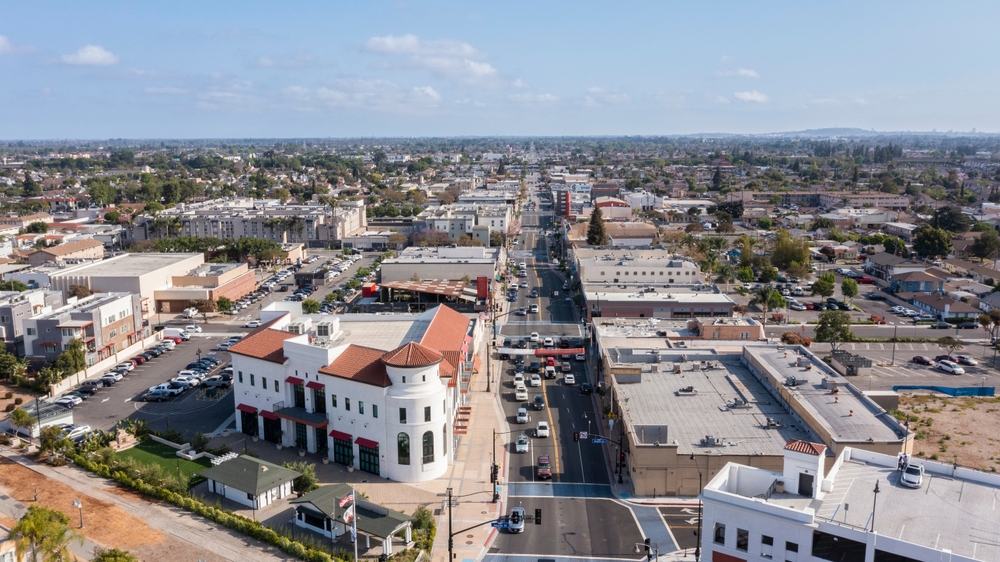
Overall safety score: 27.57
Yet another California locale on the list, Bellflower’s best showing is at 255th for vulnerable populations. However, it performs particularly poorly in mobility at 452, and hazards risk at 492.
3
Cicero, Illinois
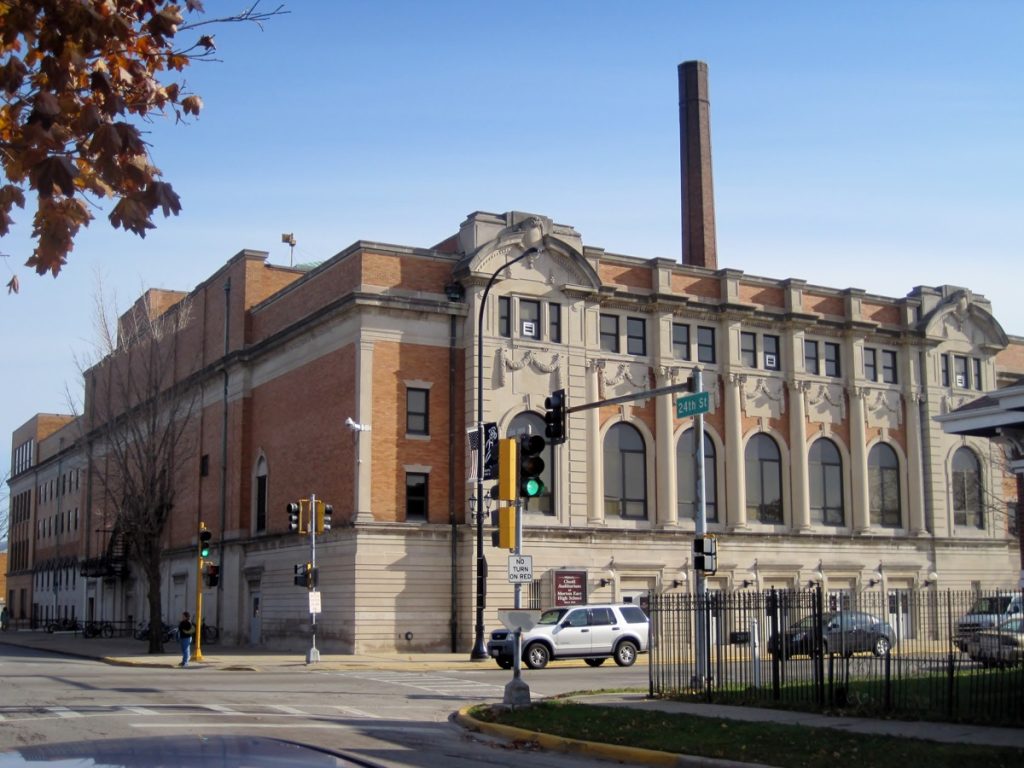
Overall safety score: 27.44
As the highest-ranking Midwestern city on the list, Cicero also beats the rest of the top 10 with its ranking at 495th in hazards risk.
2
Compton, California
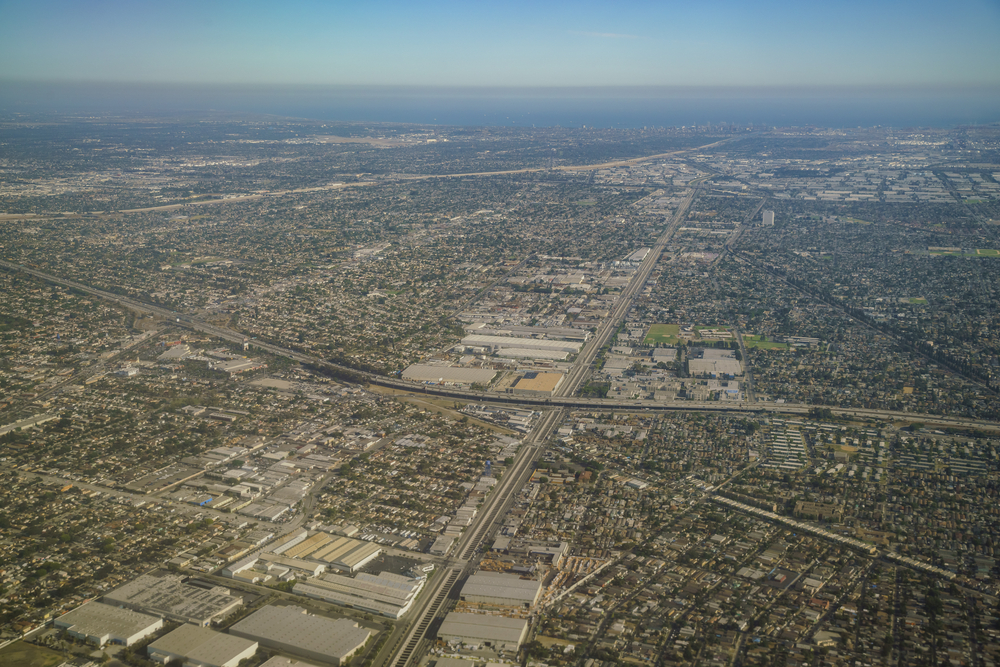
Overall safety score: 27.18
Compton receives its highest ranking for vulnerable populations at 308th. But it also comes in near last nationwide in other categories, including 491st for hazards risk and 497th for vulnerable infrastructure.
1
South Gate, California
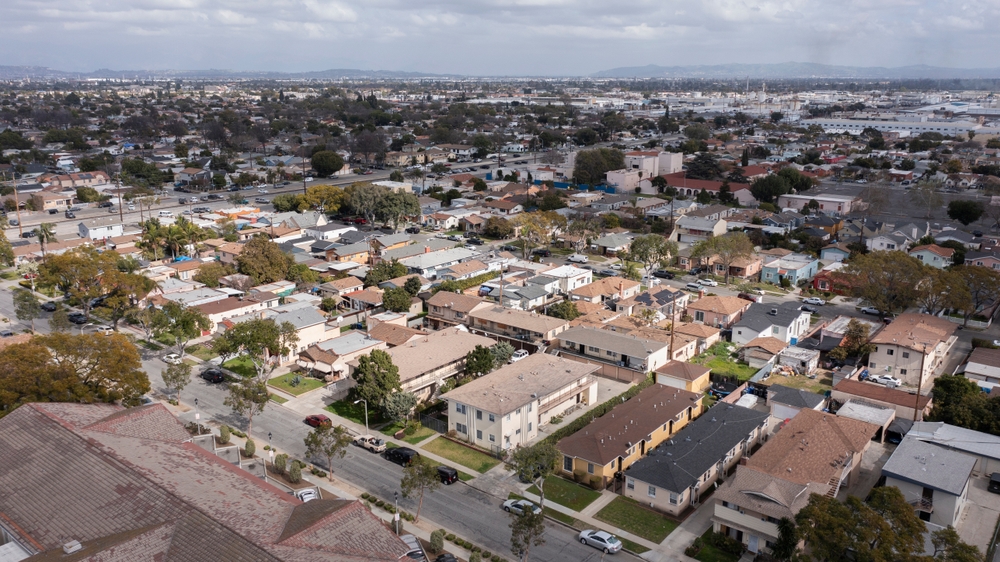
Overall safety score: 26.04
With the majority of the top 10 comprised of California cities, it’s likely not surprising that the top spot goes to another Golden State locale: South Gate. The Los Angeles suburb is best suited when it comes to vulnerable populations, coming in at 125th overall. But the city earns its title as riskiest for natural disasters thanks to poor showings in hazards risk at 491st and vulnerable infrastructure at 497th.
For more natural disaster news delivered right to your inbox, sign up for our daily newsletter.